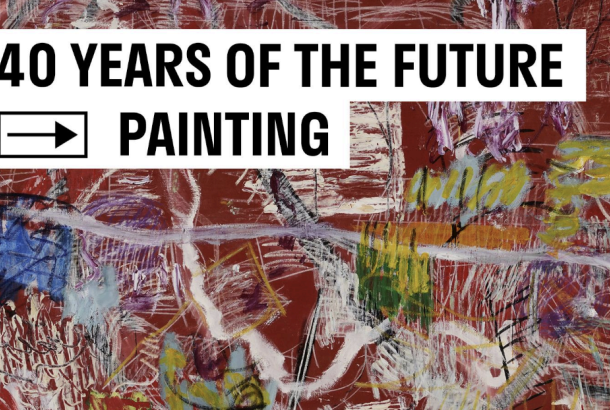Traces of Displacement: The Whitworth confronts history in their latest exhibition
By Owen Scott

The Whitworth’s latest exhibition, Traces of Displacement, confronts history head-on, examining forced displacement across a range of mediums, from poetry to clothing to paintings. The exhibition’s far-reaching focus stretches from the displacement of Jews during the Holocaust to today’s migrant crisis, drawing from multiple collections, including The Whitworth’s own archives and pieces on loan from Manchester Art Gallery.
Traces of Displacement launched on April 20 2023, with many of the artists, featured in the exhibition in attendance. However, ironically, many artists on display were not able to attend the opening because of UK hostile immigration and citizenship laws. There’s an earnest sense in the curation and selection of the works on display to challenge this, to ensure everyone is always given a seat at the table and a voice.
There’s a concerted effort made by the exhibition to disrupt established ideas of displacement that are trapped in unproductive stereotypes. A good example of that is in the Gender and Displacement section of the exhibition, where a ‘Lest We Perish’ (1917) poster and a ‘Lest They Perish’ (1917) poster were on display. The posters were created by Ethel Franklin Betts Bains and William B King respectively to raise funds for refugees of the Armenian Genocide by the Ottoman Empire in 1915-1916.
The gallery included these posters to disrupt the more gendered ideas of refugees, as posters that aim to gain support or funds from the public for refugees often depict women and children, as they are seen as more worthy of support. This idea is obviously a sexist one, playing on tropes of women as passive and being mothers. The exhibition then seeks to challenge these ideas, to disentangle stereotypes and pre-established ideas about refugees in the viewer’s minds.

Photo: GPA Photo Archive @ Flickr
There is no specific time period that the gallery focuses on, a deliberate choice by those working on the exhibition, as the problem of displacement is one that stretches far back through history, through to the Trans-Atlantic slave trade and even before this. The works detailing the displacement caused by the Holocaust are particularly striking, with the exhibition featuring Lucien Freud’s ‘Man’s Head (Self Portrait I)’ (1963) and Frank Helmut Auerbach’s ‘Head of E.O.W’ (1960), two artists forced to flee Germany in the 1930s. The placement of these works next to screenshots of the @Louisemichelcrew‘s Instagram account helps contextualise these screenshots and highlight the urgency of the migrant crisis, particularly poignant as 26,000 asylum seekers have lost their lives in the last 11 years, attempting to cross into Europe.
The tone of the exhibition is a sympathetic one, offering a voice to those too often ignored by the media. Zimbabwean artist Mandla Zae’s video ‘As British as a Watermelon’ (2021) exemplifies this in its combination of poetry, Christian hymns and auto-fictional storytelling to examine what it means to be British and what it means to belong. Mandla’s piece was one of several videos that explored identity, nationality and displacement, allowing visitors to sit and reflect on the videos unfolding before them and the art they had seen thus far.
The exhibition’s range has unexpected links to peoples’, enabling nearly everyone to see a part of themselves in it. Particularly moving was the ‘Panel of Fabric’ from London’s Spitalfields Market, created by the Huguenots who fled France in the 16th – 18th centuries due to religious persecution. Tiny moments, such as this one, that ask visitors to consider their own home, are hidden throughout the exhibition and come in unexpected places.
Traces of Displacement is not an exhibition to miss and is on display at The Whitworth until January 7, 2024. It challenges stereotypes and shows the urgency of the issue of displacement, calling all visitors into action. Check out the Whitworth’s website for more information.







